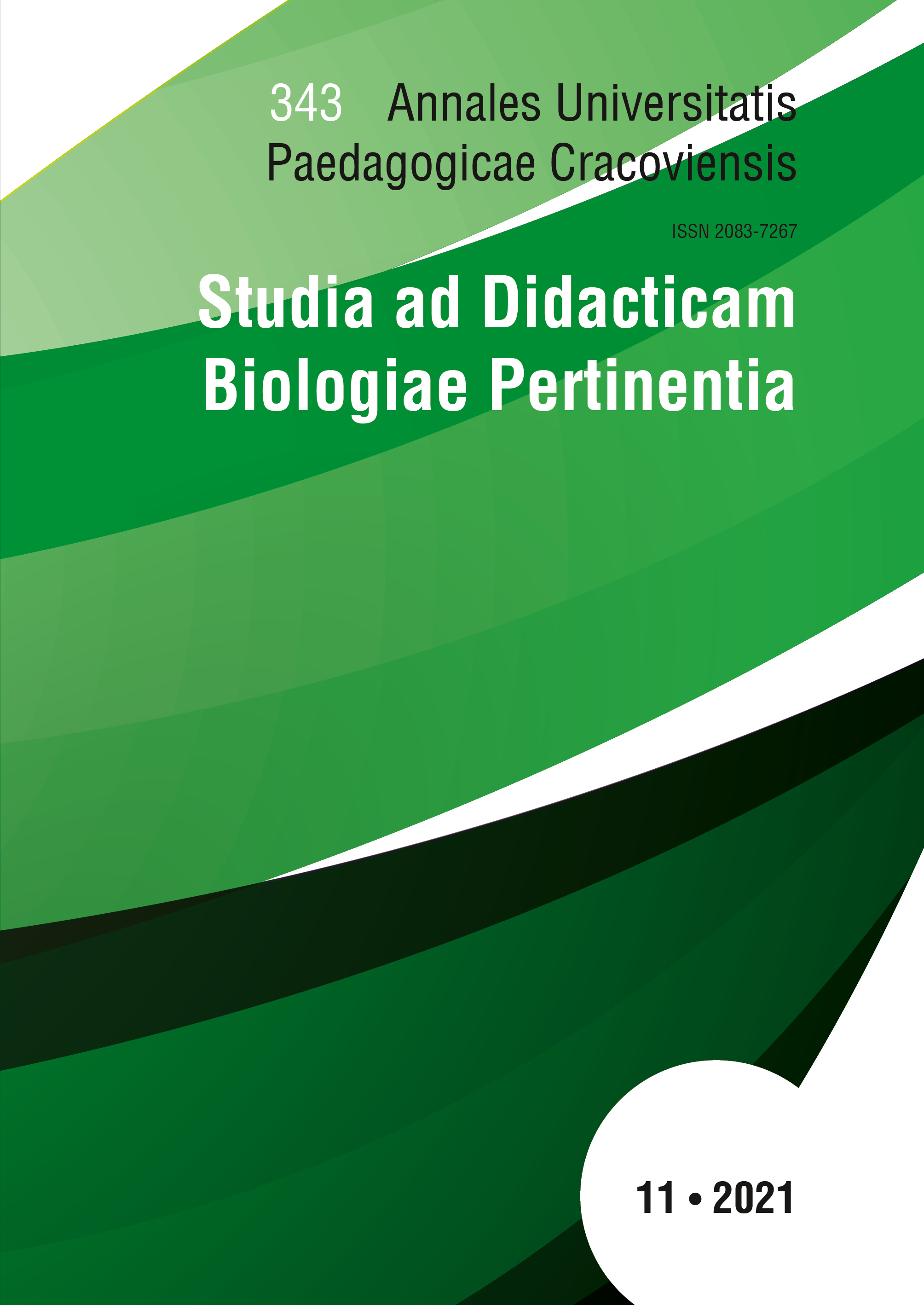E-learning in HEI education process: challenges and opportunities
Keywords:
COVID-19, emergency (crisis) e-learning, student-centered approaches, teacher to student(s) interaction, student to student(s) interactionAbstract
The article analyzes the current situation at the Higher Educational Institutions (HEIs) forced to complete their transition to the distance/remote education during the COVID-19 pandemic. The implementation of e-learning technologies in HEIs educational process offers a range of opportunities for all students through better accessibility, increased interaction between teachers and students and between students and their peers, greater flexibility, cost.effectiveness. However, the transition to an emergency (crisis) e.learning induced by the coronavirus epidemic presents new challenges to stakeholders of higher education (professors, students, administrative staff, parents, educational authorities). The emergency (crisis) e-learning requires enhancing the level of teachersf digital proficiency, reengineering of the course design, delivery and studentsf assessment, rethinking the roles of both teachers and students involved in educational process, facilitating teacher to student(s) and student to student interactions, developing recommendation for improving quality of education. This paper presents an analysis of the challenges faced by teachers and students during months-long quarantine and the analysis of new support strategies aimed at adapting student-centered approaches. The study examines teaching practices and recommendations to improve the level of studentsf academic achievements through encouraging teacher to student(s) and student to student interactions in e-learning environment. The authors provide some practical tips on adapting interactions to the learnerfs needs.

